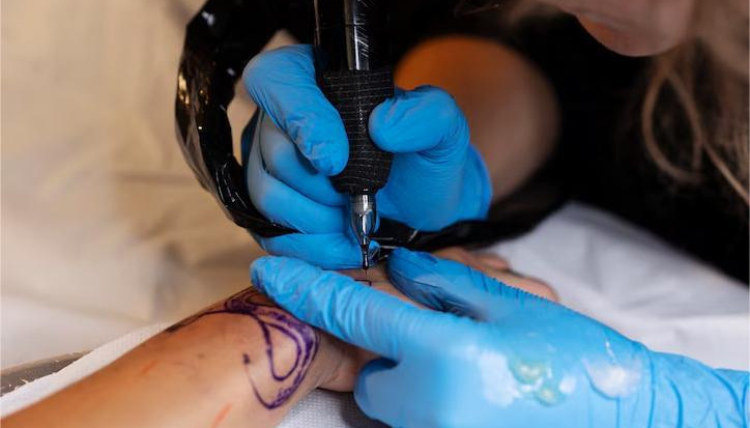
It is best to treat an ingrown toenail as soon as you notice the symptoms.Nail treatment and surgical options must be individualized based on the nail condition, extent of disease, type of organism, and medical comorbidities.Our expertise encompasses different aspects of surgical procedures in the nail unit. Nail surgery is a highly specialized type of surgery, which requires specific training. Surgery on the nail is usually performed to obtain samples from areas of the nail apparatus like the nail root (matrix); nail bed (the portion of skin which lies under the nail), nail plate or surrounding soft tissue.
Frequently Asked Questions
Ingrown toenails can be painful, especially if you press on or around the nail. Some people report that the anesthetic injection before surgery can be painful. But after the injection takes effect and the numbness sets in, you should be comfortable during the procedure. You might have pain after surgery once the numbing medication wears off. This is common and can be treated with over-the-counter pain relievers. If these don’t work, talk to your doctor.
For the first day or two after surgery, you should rest your foot and limit activity. Keep it elevated when you’re sitting. Your doctor will give you wound care and follow-up instructions. Follow these closely. This will help prevent infection. If necessary, you can take over-the-counter pain relievers for discomfort. Wear open-toed or loose-fitting shoes for about two weeks after surgery. This gives your toe room to heal. After 24 hours, your toe can be kept clean by running warm soapy water over it and patting it dry. Keep it covered until fully healed with a nonstick dressing.
Common symptoms of ingrown toenails include:
- pain around your toenail edges
- buildup of fluid and thickening in the skin around your toenail
- redness and swelling around your toenail
- infection with draining pus around the toenail










